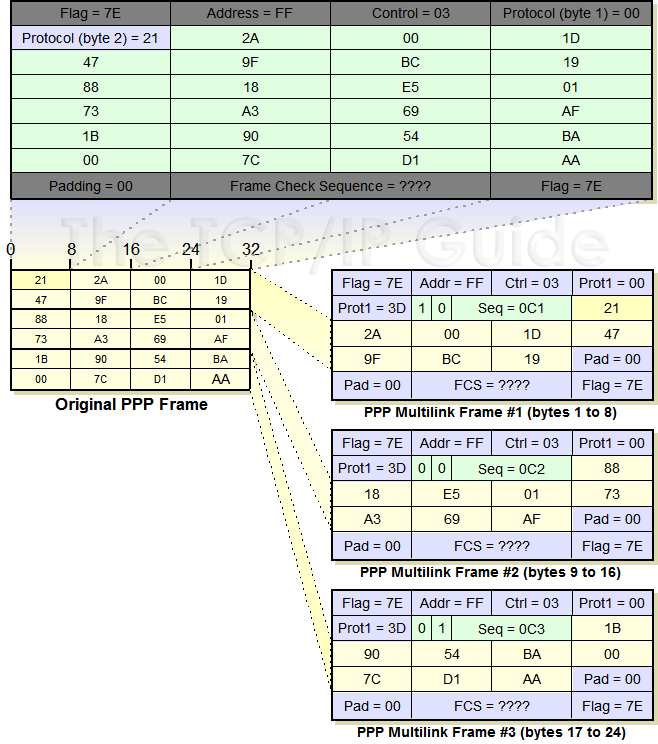 |
|
Please Whitelist This Site?
I know everyone hates ads. But please understand that I am providing premium content for free that takes hundreds of hours of time to research and write. I don't want to go to a pay-only model like some sites, but when more and more people block ads, I end up working for free. And I have a family to support, just like you. :)
If you like The TCP/IP Guide, please consider the download version. It's priced very economically and you can read all of it in a convenient format without ads.
If you want to use this site for free, I'd be grateful if you could add the site to the whitelist for Adblock. To do so, just open the Adblock menu and select "Disable on tcpipguide.com". Or go to the Tools menu and select "Adblock Plus Preferences...". Then click "Add Filter..." at the bottom, and add this string: "@@||tcpipguide.com^$document". Then just click OK.
Thanks for your understanding!
Sincerely, Charles Kozierok
Author and Publisher, The TCP/IP Guide
|
|
|

Custom Search
|
|
PPP Multilink Protocol (MP) Frame Format
(Page 4 of 4)
PPP Multilink Protocol Fragmentation Demonstration
A demonstration of fragmenting a PPP data frame can be seen in Figure 43. At top is the same PPP data frame shown in Figure 33. The eight bytes grayed out are the ones not used when a frame is to be fragmented. Thus, the PPP frame used for MP is 24 bytes long, as seen in the smaller table at left (note that the eight bytes are not created and removed, I just showed them in the upper table for illustration). This frame is split into 8-byte chunks, each carried in the Fragment Data fields of an MP fragment. Note the consecutive Sequence Number (“Seq”) values in the fragment frames. Also, note that the Beginning Fragment field is set only for the first fragment, and the Ending Fragment only for the last one.
|

|
| |||||||||||||||||||
Home - Table Of Contents - Contact Us
The TCP/IP Guide (http://www.TCPIPGuide.com)
Version 3.0 - Version Date: September 20, 2005
© Copyright 2001-2005 Charles M. Kozierok. All Rights Reserved.
Not responsible for any loss resulting from the use of this site.







